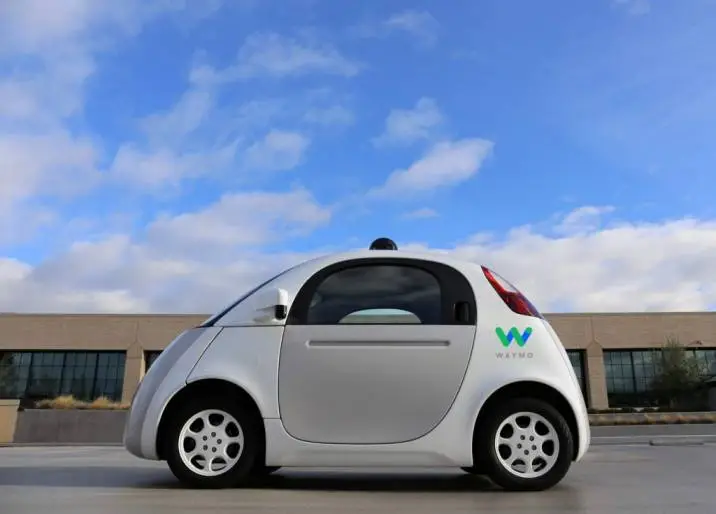
Exploring the Future of Waymo Autonomous Vehicles
In the domain of independent vehicles, Waymo has arisen as a pioneer, pushing the limits of innovation to reclassify the manner in which we contemplate transportation. This article digs into the tale of Waymo, its mechanical headways, and the effect it is having on the fate of versatility.
Sensors Challenged by Inclement Weather
Unfavorable weather patterns represent a huge test for self-driving vehicles. These vehicles depend on a scope of sensors, including cameras, radars, and lidars, to distinguish objects out and about.

Cameras distinguish items like walkers, cyclists, or different vehicles, while lidar estimates distances and radar tracks object rates and bearings. Nonetheless, severe weather conditions, like snow, mist, or weighty downpour, can disturb sensor exactness. Diminished detecting ability because of antagonistic atmospheric conditions imperils purchaser wellbeing.
Conquering this challenge is basic to guaranteeing that self-driving vehicles can work in every atmospheric condition, from blanketed The Frozen North to bright Zanzibar, or even the unusual territory of the Colorado Rockies.
Teaching Common Sense to AI
Quite possibly of the main test in independent driving innovation is bestowing 'presence of mind' to man-made consciousness (artificial intelligence).
While self-driving vehicles depend on profound brain organizations and AI calculations to handle information and pursue choices in light of street signs and traffic lights, they frequently battle with certifiable situations.
For instance, artificial intelligence might misjudge a plastic sack drifting in front, prompting pointless stops or respond improperly to a herd of birds sitting out and about.
Dissimilar to human drivers who naturally handle these circumstances, computer based intelligence requires more than information - it needs 'sound judgment' to proficiently work.
As man-made intelligence keeps on gaining from additional information, the progress to completely independent vehicles stays a continuous cycle, requesting time to create and apply presence of mind, in actuality, situations including people on foot, cyclists, individual drivers, and creatures.
1. Inception and Google Roots
Waymo's process started inside the consecrated lobbies of Google's self-driving vehicle project in 2009. As an auxiliary of Letter set Inc.
Waymo acquired an abundance of mechanical mastery, information investigation, and AI capacities. The underlying objective was bold at this point straightforward: make a vehicle that could drive itself without human mediation.
2. Development of Cutting-Edge Technology
Waymo's prosperity is well established in its obligation to creating best in class innovation. Their vehicles are outfitted with a variety of sensors, including lidar, radar, and cameras, empowering a complete perspective on the environmental factors.
The reconciliation of computerized reasoning (man-made intelligence) permits Waymo's vehicles to explore complex traffic situations, anticipate passerby developments, and adjust to consistently changing street conditions.
3. Miles and Miles of Real-World Testing
One of the key elements separating Waymo is its devotion to certifiable testing. The organization's armada takes care of millions of miles on open streets, giving priceless information to refining calculations and working on the wellbeing and dependability of independent driving frameworks. Waymo's accentuation on wellbeing has turned into a benchmark for the business.
4. Commercialization and Ride-Hailing Services
Waymo left a mark on the world by sending off the world's most memorable business self-driving ride-hailing administration, Waymo One, in 2018.

This undeniable a huge achievement in the independent vehicle space, as clients in select regions could encounter the comfort of riding in a completely independent vehicle. Waymo keeps on extending its administration impression, offering a brief look into the eventual fate of transportation.
5. Collaborations and Future Prospects
Waymo's effect stretches out past ride-hailing. The organization has entered key associations with automakers, investigating the combination of its independent innovation into different vehicle stages.
This cooperative methodology positions Waymo as a main impetus behind the broad reception of independent driving innovation across the auto business.
Conclusion
Waymo's excursion from a Google moonshot venture to a forerunner in independent driving mirrors the combination of development, innovation, and a persevering quest for greatness.
As Waymo keeps on exploring the street ahead, the organization remains as an image of what is feasible when innovation is saddled to rethink the eventual fate of transportation. The time of independent driving has arrived, and Waymo is controlling us toward another skyline of versatility.


